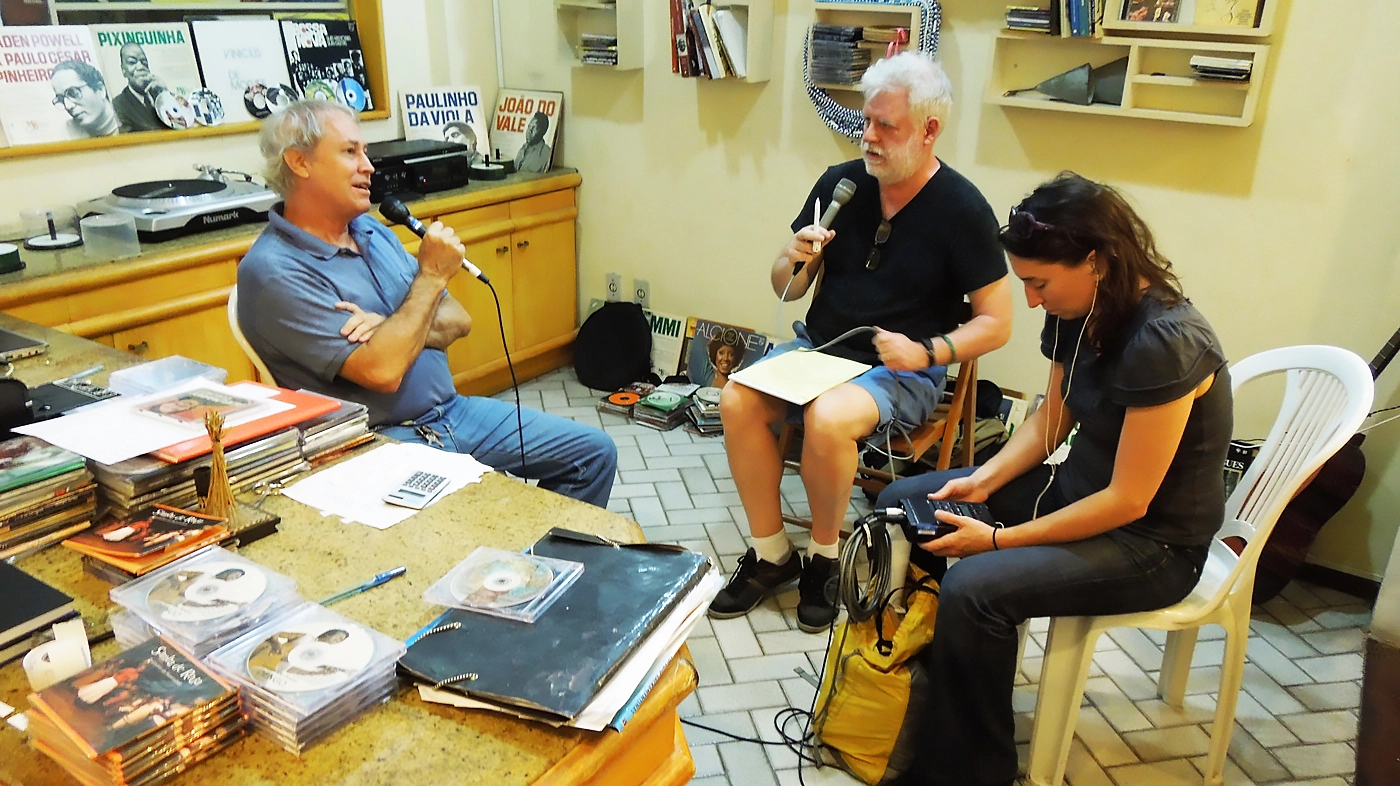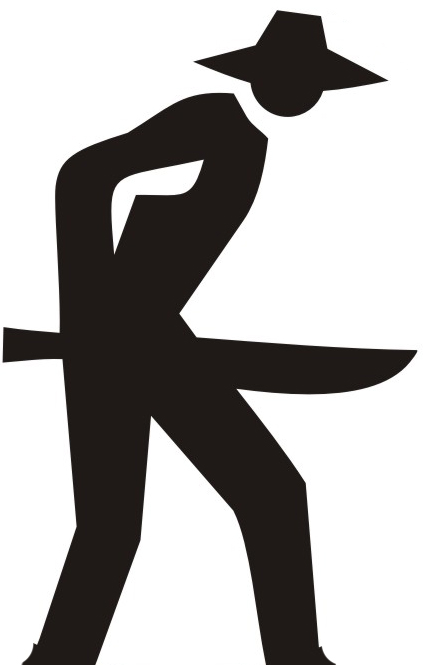CURATION
-
from this page:
by Matrix
Network Node
-
Name:
Simon Shaheen
-
City/Place:
New York City
-
Country:
United States
Life
-
Bio:
A Palestinian, born in the village of Tarshiha in the Galilee, Shaheen's childhood was steeped in music. His father, Hikmat Shaheen, was a professor of music and a master 'oud player. "Learning to play on the 'oud from my father was the most powerful influence in my musical life," Shaheen recalls. He began playing on the 'oud at the age of five, and a year later studying violin at the Conservatory for Western Classical Music in Jerusalem. "When I held and played these instruments, they felt like an extension of my arms."
After graduating from the Academy of Music in Jerusalem in 1978, Shaheen was appointed its instructor of Arab music, performance, and theory. Two years later he moved to New York City to complete his graduate studies in performance at the Manhattan School of Music, and later in performance and music education at Columbia University.
In 1982, Shaheen formed the Near Eastern Music Ensemble in New York, establishing a group that would perform the highest standard of traditional Arab music. This time also marked the beginning of Shaheen's workshops and lecture/demonstrations in schools, colleges, and universities to educate the younger generation. As a champion and guardian of Arab music, Shaheen still devotes almost fifty percent of his time to working with schools and universities, including Julliard, Columbia, Princeton, Brown, Harvard, Yale, University of California in San Diego, University of Michigan in Ann Arbor and many others.
His concert credits are a veritable compendium of the world's greatest venues: Carnegie Hall, Kennedy Center, Cairo's Opera House, Theatre de la Ville in Beirut, and Belgium's Le Palais des Arts. In May of 2004, Shaheen appeared at Quincy Jones' "We Are The Future," fundraising concert in Rome in front of a half million strong crowd.
As a composer, Shaheen has received grants from the National Endowment for the Arts, the New York State Council on the Arts, Meet the Composer, the Jerome Foundation, Continental Harmony, and Yellow Springs Institute. In addition to his recorded work, his theatrical repertoire includes Majnun Layla, (performances included the Kennedy Center in Washington DC, and The Museum of Natural History in New York), The Book and the Stranger (from Kalilah Wa-Dimanah), Possible City, and Collateral Damage with actress Vanessa Redgrave. He has also written the music for the documentary of the British Museum's Egyptian collection, which has toured U.S. museums.
Since 1994, Shaheen has produced the Annual Arab Festival of Arts, called "Mahrajan al-Fan." Held in New York, the festival showcases the work of the finest Arab artists, while presenting the scope, depth and quality of Arab culture. To continue this exposure to Arab music and culture, Shaheen founded the Annual Arabic Music Retreat in 1997. Held each summer at Mount Holyoke College, this weeklong intensive program of Arabic music studies draws participants from the U.S. and abroad.
For the past six years, though, Shaheen has focused much of his energies on Qantara . The band, whose name means arch in Arabic, brings to life Shaheen's vision for the unbridled fusion of Arab, jazz, Western classical, and Latin American music, a perfect alchemy for music to transcend the boundaries of genre and geography.
"I want to create a world music exceptionally satisfying to the ear and for the soul," says Shaheen, "This is why I selected members for Qantara who are all virtuosos in their own musical forms, and whose expertise and knowledge can raise the music and the group's performance to spectacular levels."
Qantara made their first live recording debut on Mondo Melodia/ARK21's "Historic Live Recording of the Two Tenors & Qantara ," featuring tenors Wadi al-Safi and Sabah Fahkri. The disc featured two instrumental cuts by Shaheen and Qantara, which, only begins to show the band's range and capabilities ."
Shaheen and Qantara made their full recording debut with Blue Flame, . Compositions of "Al-Qantara" and "Dance Mediterranea" sparkle like jewels, while the opening track, Blue Flame, is a bravura exhibition of Shaheen's -- and the band's -- virtuosity. The Los Angeles Times proclaimed the record "stunning," National Public Radio called it "a staggering tour-de-force of technique and passion," CMJ called it "a new benchmark in Arab-Western fusion," and the Washington Post termed it "eminently cosmopolitan."
The band has toured during 2003 and 2004, playing concerts and festivals like WOMAD USA, WOMAD Sicily, the prestigious Newport Jazz Festival, Montreal Jazz Festival. Traveling throughout Europe and the Middle East, Qantara's appearances have included: Beiteddine Festival in Lebanon; Les Mediterranean in France; New York's Central Park Summer Stage; Stern Grove International Festival in San Francisco; Chicago World Music Festival; Royce Hall in Los Angeles; University Musical Society in Ann Arbor; Walker Arts Center in Minneapolis; International Souk Ukaz at the historic citadel in Amman, Jordan; and Yabous Festival in the historical Tombs of Kings in East Jerusalem amongst others . In Palestine, Shaheen conducts an annual weeklong music workshop designed for gifted children.
In addition to performing with his two bands, Qantara and the Near Eastern Music Ensemble, Shaheen tours as a solo artist internationally and as a lecturer throughout the academic world promoting awareness to Arab music through numerous lecture and workshop presentations.
Clips (more may be added)
Integration is a superpower...
This technological matrix originating in Bahia, Brazil closely integrates creators around the world with each other and the entire planet. It is able to do so because it is small-world (see Wolfram):
Bahia itself, final port-of-call for more enslaved human beings than any other place on earth throughout all of human history, refuge for Lusitanian Sephardim fleeing the Inquisition, Indigenous both apart and subsumed into a brilliant sociocultural matrix comprised of these three peoples and more, is small-world.
America is small-world. Mozambique is small-world. Central Asia is small-world. Ukraine is small world...
Human society, the billions of us in all the complexity of our relationships, is small-world. Neural structures for human memory are small-world. Neural structures in artificial intelligence are small-world...
In a small world great things are possible. In a small-world matrix they are universal.
 Alicia Svigals
Alicia Svigals
"Thanks, this is a brilliant idea!!"
—Alicia Svigals (NEW YORK CITY): Apotheosis of klezmer violinists
"I'm truly thankful ... Sohlangana ngokuzayo :)"
—Nduduzo Makhathini (JOHANNESBURG): piano, Blue Note recording artist
"Dear Sparrow: I am thrilled to receive your email! Thank you for including me in this wonderful matrix."
—Susan Rogers (BOSTON): Director of the Berklee Music Perception and Cognition Laboratory ... Former personal recording engineer for Prince; "Purple Rain", "Sign o' the Times", "Around the World in a Day"
"Dear Sparrow, Many thanks for this – I am touched!"
—Julian Lloyd Webber (LONDON): Premier cellist in UK; brother of Andrew (Evita, Jesus Christ Superstar, Cats, Phantom of the Opera...)
"This is super impressive work ! Congratulations ! Thanks for including me :)))"
—Clarice Assad (RIO DE JANEIRO/CHICAGO): Pianist and composer with works performed by Yo Yo Ma and orchestras around the world
"We appreciate you including Kamasi in the matrix, Sparrow."
—Banch Abegaze (LOS ANGELES): manager, Kamasi Washington
"Thanks! It looks great!....I didn't write 'Cantaloupe Island' though...Herbie Hancock did! Great Page though, well done! best, Randy"
"Very nice! Thank you for this. Warmest regards and wishing much success for the project! Matt"
—Son of Jimmy Garrison (bass for John Coltrane, Bill Evans...); plays with Herbie Hancock and other greats...
Dear friends & colleagues,

Having arrived in Salvador 13 years earlier, I opened a record shop in 2005 in order to create an outlet to the wider world for Bahian musicians, many of them magisterial but unknown.
David Dye & Kim Junod for NPR found us (above), and Kareem Abdul-Jabbar (he's a huge jazz fan), David Byrne, Oscar Castro-Neves... Spike Lee walked past the place while I was sitting on the stoop across the street drinking beer and listening to samba from the speaker in the window...
But we weren't exactly easy for the world-at-large to get to. So in order to extend the place's ethos I transformed the site associated with it into a network wherein Brazilian musicians I knew would recommend other Brazilian musicians, who would recommend others...
And as I anticipated, the chalky hand of God-as-mathematician intervened: In human society — per the small-world phenomenon — most of the billions of us on earth are within some 6 or fewer degrees of each other. Likewise, within a network of interlinked artists as I've described above, most of these artists will in the same manner be at most a handful of steps away from each other.
So then, all that's necessary to put the Bahians and other Brazilians within possible purview of the wide wide world is to include them among a wide wide range of artists around that world.
If, for example, Quincy Jones is inside the matrix (people who have passed are not removed), then anybody on his page — whether they be accessing from a campus in L.A., a pub in Dublin, a shebeen in Cape Town, a tent in Mongolia — will be close, transitable steps away from Raymundo Sodré, even if they know nothing of Brazil and are unaware that Sodré sings/dances upon this planet. Sodré, having been knocked from the perch of fame and ground into anonymity by Brazil's dictatorship, has now the alternative of access to the world-at-large via recourse to the vast potential of network theory.
...to the degree that other artists et al — writers, researchers, filmmakers, painters, choreographers...everywhere — do also. Artificial intelligence not required. Real intelligence, yes.
Years ago in NYC I "rescued" unpaid royalties (performance & mechanical) for artists/composers including Barbra Streisand, Aretha Franklin, Mongo Santamaria, Jim Hall, Clement "Coxsone" Dodd (for his rights in Bob Marley compositions; Clement was Bob's first producer), Led Zeppelin, Ray Barretto, Philip Glass and many others. Aretha called me out of the blue vis-à-vis money owed by Atlantic Records. Allen Klein (managed The Beatles, The Rolling Stones, Ray Charles) called about money due the estate of Sam Cooke. Jerry Ragovoy (Time Is On My Side, Piece of My Heart) called just to see if he had any unpaid money floating around out there (the royalty world was a shark-filled jungle, to mangle metaphors, and I doubt it's changed).
But the pertinent client (and friend) in the present context is Earl "Speedo" Carroll, of The Cadillacs. Earl went from doo-wopping on Harlem streetcorners to chart-topping success to working as a custodian at PS 87 elementary school on the west side of Manhattan. Through all of this he never lost what made him great.
Greatness and fame are too often conflated. The former should be accessible independently of the latter.
* I renegotiated sync rates for Earl and for The Flamingos. Now when I hear "Speedo" in a movie soundtrack (Goodfellows and others), or "I Only Have Eyes for You" (a million films), I remind myself that the artists (and now their heirs) were/are getting double what they were getting before.
Matrix founding creators are behind "one of 10 of the best (radios) around the world", per The Guardian.
Recent access to this matrix and Bahia are from these places (a single marker can denote multiple accesses).
Across the creative universe... For another list, reload page.
This list is random, and incomplete. Reload the page for another list.
For a complete list of everybody inside, tap TOTAL below:
 TOTAL
TOTAL


